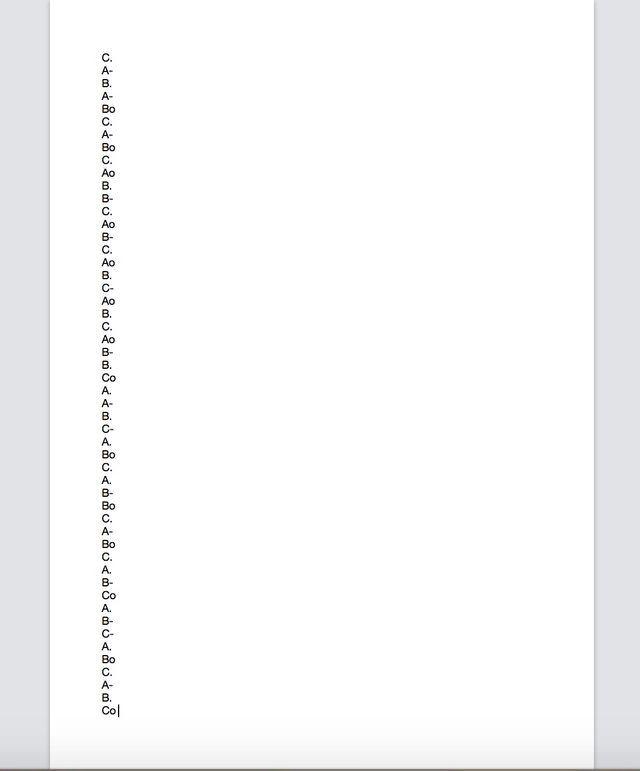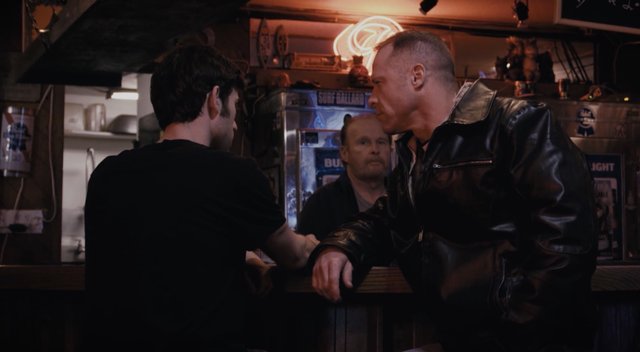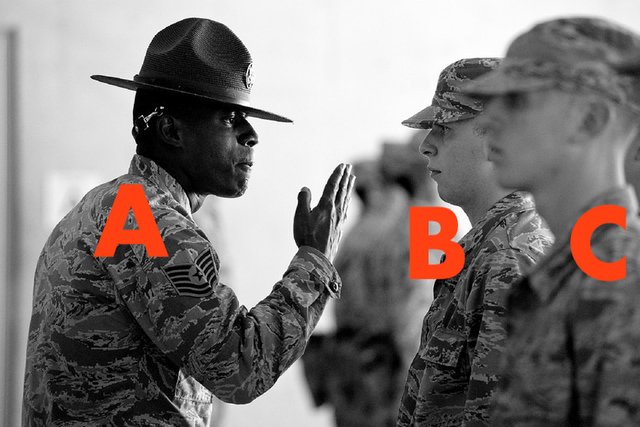REAL TALK: Dialogue Writing Exercise For Screenwriters, Playwrights & Authors
Most of us could speak before we could write. We know how to talk and how to listen. But so many writers (including successful ones) struggle with writing believable dialogue.
Part of the problem usually comes down to overthinking. There's a huge pressure on writers to find 'realism' and 'believability' in even the most high-concept projects. And when it comes to putting words in your characters mouths, it's an extremely complicated balancing act between necessary exposition and giving them the voice of a real living, breathing, human being (or alien, or zombie, or anthropomorphised food stuff).
This is an exercise to help you overcome the overthinking. It's not going to teach you the best words for your characters to choose, but it's going to help you practice the spontaneity of speech patterns.
WHAT YOU WILL NEED:
A sheet of lined paper (and a pen) or word processing software (if you're using word processing software, create a blank A4 document and set your font to size 12).
STEP ONE: A, B, C
Working from top to bottom, put either an A, B or C at the start of each line of your document/page - work vertically downwards until every line has either an A, B, or C at the start of it.
Don't think too much about it. They don't have to be in any particular order - but make sure you mix them up a bit so there's an element of randomness.
When you're finished it should look something like this:
STEP TWO: DOT, DASH, CIRCLE
Next to the A, B or C on each line, now place either a dot ( a full stop .), a dash ( a hyphen -) or a circle (an o).
Again - don't think too much about it, but try to ensure you've distributed them randomly.
Keep going until you reach the bottom of the page.
When you're finished it should look something like this:
STEP THREE: PICK A LOCATION
This can be anywhere you like - give yourself a maximum of thirty seconds to decide and stick to it.
Examples:
Police station
Library
Nightclub
Hospital
Gym
STEP FOUR: PICK THREE ROLES
These roles should be parts three people could play in your location. They don't need to be well developed characters, just give them an occupation or else a reason to be in the space you've chosen. Again, give yourself a maximum of thirty seconds to decide and stick to it.
Examples:
Police station: Two cops and a suspect.
Library: A librarian, a child and a parent.
Nightclub: A bartender and two drunks.
Hospital: A doctor, a patient and a patient's partner.
Gym: Two athletes and a first-timer.
STEP FIVE: FIND A CONFLICT
Taking into consideration the location and characters you've just chosen, now we need to give them something to talk about.
We need something simple that gives us the opportunity to create conflict.
The easiest way to do this, is to think of something one or two of your characters want and then give the remaining character(s) the opposite want.
Again - don't worry too much about coming up with something 'good' - this isn't going to be your magnum opus, it's just an exercise. Pick something and go with it.
Examples:
Police station: Two cops who want to know the truth and a suspect who wants to hide it.
Library: A librarian who wants to talk and a child and a parent who want silence.
Nightclub: A bartender who wants to go home early and two drunks who want to keep drinking.
Hospital: A doctor and a patient who want to go ahead with a risky surgery and a patient's partner who doesn't think it's such a good idea.
Gym: An athlete and a first-timer who want to flirt and a second athlete who wants them to stop.
STEP SIX: ASSIGN THE ROLES
You've written three different letters down the side of your paper (A, B and C) and now you've got three different roles for them to represent.
Now you just have to allocate them.
Don't replace the letters A, B and C with the 'roles' you've allocated - keep them as the letters. If you need to write down who's who then do so at the very top of the page or in a separate note/document.
So using our examples from before:
Police Station:
A = Cop 1
B = Cop 2
C = Suspect
Library:
A = Librarian
B = Child
C = Parent
Nightclub:
A = Bartender
B = Drunk 1
C = Drunk 2
Hospital:
A = Doctor
B = Patient
C = Patient's partner.
Gym:
A = Athlete 1
B = Athlete 2
C = First timer
STEP SEVEN: LEARN THE RULES
Now we have three individuals represented by the letters A, B and C. We also know where they are and what they're doing there and, we've given them a conflict to talk about.
But before we can let them talk, we need to give them some rules:
FIRST RULE: SPEAKING IN TURN
The individuals A, B and C may only speak when it's their turn. The As, Bs and Cs we wrote on the start of each line earlier determine whose turn it is to speak.
SECOND RULE: SPEAKING IN CIRCLES (or Dots or Dashes)
Remember the dot, dash, circle thing we did in step two?
We're going to use those symbols, to limit the amount of words each individual is allowed to use on each line.
DOTS (.) indicate an utterance or a single word.
Examples:
"Urgh"
"Hmm"
"Ah"
"Hey"
"Yes"
"Wow"
DASHES (-) indicate a short, incomplete sentence consisting of between two and four words.
Examples:
"Never mind"
"Over there"
"I want to go"
"Say something, please"
"Hold on tight"
CIRCLES (o) indicate a longer sentences of five or more words. You may only use as many words as you can fit on one line.
Examples:
"This is really hard to say, but I have to say it."
"Sarah told me about the thing with you and Richard."
"What wine would you recommend with the chicken?"
"I'd tell you more, but I'd have to kill you"
STEP EIGHT: START WRITING!
Time to start writing!
If you're still unsure - see below for an example of the exercise in action.
Let's take the first ten lines of the document I made up earlier: 
I've decided to go for a scene at a POLICE STATION.
A is COP 1 who wants TO KNOW THE TRUTH
B is COP 2 who wants TO KNOW THE TRUTH
C is the SUSPECT who wants TO HIDE THE TRUTH
The first person to speak is C (the suspect) they've got a dot next to they're character letter so they're only allowed an utterance or one word.
The next line is allocated to characters A (cop 1). There's a dash next to the letter so they have to reply with two to four words.
The next up is B (cop 2) who has a dot - so that's another utterance or single word.
And then back to A (cop 1) again, who's got another dash - so another two to four words.
Now B (cop 2) has a circle, so they can use a longer speech.

And so on:
Keep going until you've finished the whole page - and that's it!
REMEMBER
DO NOT OVER THINK THIS. This exercise is intended to mimic the random patterns of human speech. It's not about writing a great scene or developing compelling characters. It's intended to help you practice writing the utterances, broken sentences and half-finished thoughts that make up human speech patterns.
Happy writing!










